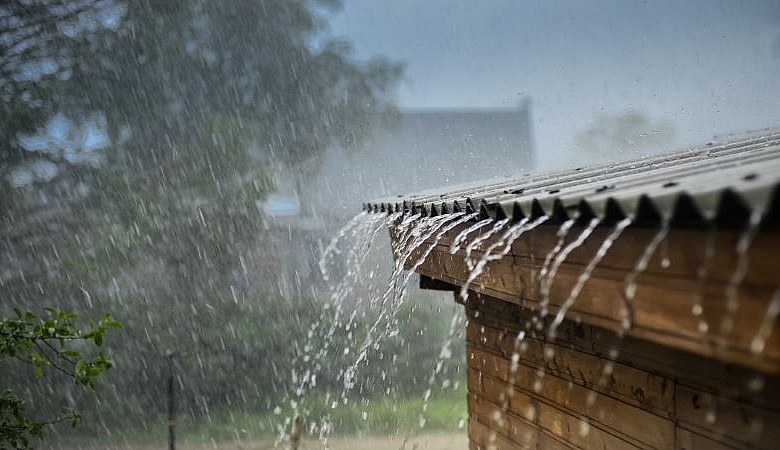Rainfall in Dominica

Rainfall in Dominica is abundant year-round due to its tropical rainforest climate and mountainous topography. Coastal areas receive an average of 1,900 mm (about 75 inches) annually. At the same time, higher elevations, particularly near Morne Diablotins and Morne Trois Pitons, can see up to 5,000 mm (around 200 inches) of rainfall each year. This considerable rainfall is essential to maintaining Dominica’s lush rainforests, freshwater features, and supporting various flora and fauna within the island’s ecosystems.
Dominica’s Seasonal Rainfall Patterns
Dominica’s rainy season extends from May to December, overlapping with Dominica’s hurricane season. During this period, rainfall is heaviest from August through November, with monthly averages often exceeding 10 inches, peaking at about 15 inches in October and November. These months see frequent downpours followed by short periods of sunshine, supporting the dense foliage that defines Dominica’s tropical rainforest climate. The dry season from February to April provides more stable weather with reduced monthly rainfall, ranging from 4 to 6 inches. It is ideal for visitors seeking clearer skies for outdoor activities like hiking and exploring.
Impact on Agriculture and Ecotourism
Rainfall plays a vital role in Dominica’s agriculture by nourishing the fertile volcanic soil, particularly in coastal and valley regions where terracing is typical to mitigate erosion. Rivers and streams sustained by this rainfall also contribute to hydroelectric power generation, supporting local infrastructure and sustainability goals. The rainfall enhances Dominica’s appeal as an eco-tourism destination, where visitors can experience the island’s rainforests, waterfalls, and geothermal features year-round. The drier months, however, are preferred by many for hiking, river tubing, and exploration, as they provide a more predictable climate with fewer interruptions from rainfall.




